Roam is trying to combat the harmful effects tourism can have on the environment.
PROJECT SCOPE: Art Direction, Branding, UX/UI, Product Design, Design Research
PROJECT DURATION: April 2022–May 2022 (2 months)
TOOLS USED: Figma, Illustrator, Photoshop, InDesign, Miro
Roam is a travel planning service that allows its users to find sustainable hotels, airfare, transportation and more for their trip and allows the user to track the positive impact of their choices along the way. The challenge was to inform travelers of the importance of traveling sustainably and help them plan a trip accordingly. The brand needed to build trust with its users and the presented information needed to be clear and concise, allowing the user to feel empowered in choosing accommodations that best suit their needs.
WHAT I DID:
Design Research
Art Direction
Brand Identity
Website UX/UI
Icon System
Copywriting
COLLABORATORS:
MAISIE ANDERSON ↗: Research, Brand Identity, Art Direction, App UX/UI, Icon System, Copywriting
VICTORIA NIEVES ↗: Research, Trademark, Copywriting, Ad Campaign
NAIM CARBAJAL & KRISTA COFFMAN: Research

Roam is a travel planning service that compiles and distills sustainability information for hotels, transportation and activities for your trip and allows you to track the impact of your choices along the way.
We make sustainable travel as easy as a single click.
DESIGN RESEARCH
To conduct preliminary user research, my team and I used a combination of IDEO’s Field Guide to Human Centered Design and IBM Enterprise Design Thinking Methodology to help us better understand the users and their needs. This process allowed my team and I to uncover insights that informed the tone, messaging and design of the product.
ART DIRECTION & BRANDING
From our research, we found there was a clear need for a service that would help travelers find sustainable accommodations. We felt it was crucial that users never feel shamed or guilted into making specific choices, since many factors when planning a trip. Additionally, there’s so much information to learn when it comes to making sustainable choices that it can be overwhelming. We kept this in mind when figuring out how to communicate to our users and how we would present information, our goal was to distill information as effectively as possible with the hope that users feel empowered and inspired before, during and after traveling.
HOME PAGE
We wanted to avoid frustrating users by requiring a ton of information at the start so the search bar allows users to put in as little or as much information as they like so they can start browsing accommodations immediately. Additionally, from our research we know a significant portion of travelers would be interested sustainable destination recommendations, so we have an option to explore and browse what’s possible. Finally, on the home page there is a section for users to see what sustainable restaurants, shops, bars and activities are currently around them.

MAKING SUSTAINABILITY RATINGS SCANNABLE
Through our research, we found that sorting through search results of accommodations is one of the most cumbersome and intimidating parts of traveling for users. Along with sustainability information, we made sure each listing had the most common factors users weigh when making their choices, such as location, price and reviews, scannable at a glance. We also have a comprehensive filter system that lets users narrow results based on the sustainability percentage, type of stay (hotel, resort, hostel, etc), the proximity to important landmarks in the destination (such as downtown, airport, public transport centers, etc), amenities, price, guest rating, and more. This search and filtering system is carried through when users are looking for transportation.

INCORPORATING SUSTAINABILITY INFO ON LISTING PAGES
For the listing pages, which is the last step before a user books an accommodation, it was important to me the interface looked organized, streamlined. Through the interviews we conducted, we found this was a critical point in the planning process, with many mentioning feeling overwhelmed by too much information and fear of making a bad choice during this stage. I wanted to draw users in with a lot of room for pictures and tried to visually prioritize important information by employing color and icons.

PROTOTYPE
Check out the website prototype below and see how easy it is to find a sustainable travel accommodations.

THE ROAM APP - EXPLORING AND NAVIGATING ON THE GO
While I was working on the web experience, my teammate developed an app for users who are on the go. The explore page shows the user local and sustainable places to visit in the area. They can search through restaurants, stores to shop at, outdoor activities, local favorites, and more. By promoting small and green businesses, it can help travelers turn tourism into something positive. The map will take users to any destination of their choosing, and will breakdown your transportation options as well as compare the carbon emissions of each mode of transport.
THE ROAM APP - PROFILE
The user’s profile displays their current carbon footprint throughout their trip, and breaks it down into categories to show them where their carbon emissions are coming from. Users can see how their carbon footprint has changed over time and have the option to offset their footprint, which is offered in the form of donations to local carbon initiatives. Users are also able to view their badges and achievements, sustainable goals, favorited places, and past trips.
WHAT I LEARNED:
This was my second project working with the team I had for Water2Wine, and again, I was amazed at how effective collaboration can be. We were invested in this topic and passionate about creating a service that would help the earth and possibly enrich people’s lives. I learned that if it were ever possible professionally, I would love to do work with a similar goal of making the earth a better place or making a person’s life easier.
























